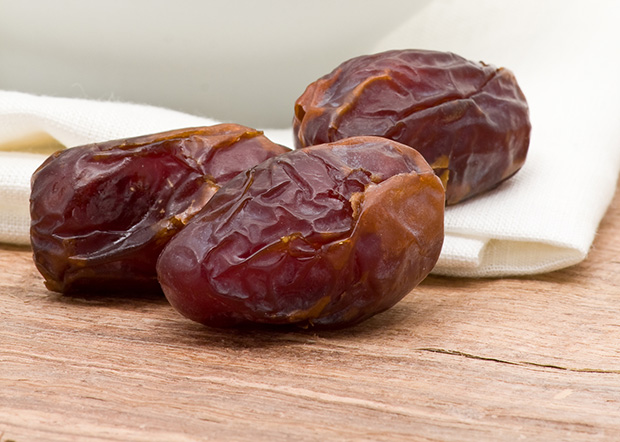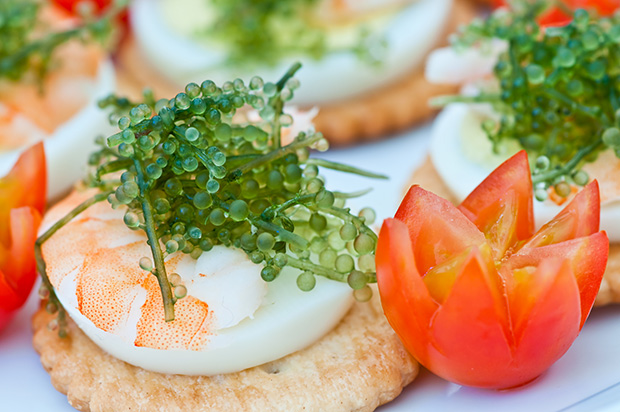IS THE Sultanate of Oman’s food industry underrated? Its food exports are amongst the safest in the region. In 2013, it has raised its food self-sufficiency by more than 32%. It has been modernising its agricultural and fishing sectors, and will be building more ports.
According to the UN Food and Agriculture Organization, the annual volume of imports of major grains exceeded 84 million tons, estimated to be over US$ 29 billion in value, comprising 29% of global grain trade. Figures reflect the scope regional food industries hold, with the Sultanate of Oman being at the forefront of international exposure.
Located between the UAE and Yemen, and bordering the Arabian Sea, Gulf of Oman, and Persian Gulf, Oman is developing into an important regional market for international food and beverage suppliers. Purchasing power and the expansion of hypermarkets and international food chains reflect its growth and prosperity. As of July 2014, the population of Oman was at 3,219,775; immigrants make up over 30% of the headcount. By 2050, the population is expected to reach 5,065,000.

Over the last decade, Oman has succeeded in boosting its output of dates, a major export product
Dates © Shawn Hempel | Dreamstime.com
Focus on agriculture
In its GCC Food Industry report, Alpen Capital states that Oman’s total food production increased at a CAGR of 4.5%, second only to Kuwait in terms of growth across the GCC. Part of the reason for this is the government’s efforts to improve agricultural productivity. During the last decade, the government stressed on usage of modern irrigation techniques and crop husbandry practices in farming, and this has resulted in increased agricultural yields. During this period production of dates increased by 30% whilst the output for vegetable crops such as potatoes, alfalfa and tomatoes also doubled. These efforts to push the local agricultural sector have raised Oman’s self-sufficiency in overall food production by 32.8% as of 2013. The country is also said to be 75.7% self-sufficient in vegetable production.
In addition, the government introduced a subsidy plan with retrospective effect for food to help curb the rising prices of basic products, including wheat, rice and sugar, in 2011. The price of sugar, for example, was reduced by 10%, and this consequently helped keep the price of wheat stable to February 2008 levels.
Seafood industry
According to the 2014 Market Report on Oman’s Food and Hospitality Industries issued by the Oman International Exhibition Centre, agriculture, livestock and fisheries are amongst the oldest and most important sectors of Oman‘s economy. These sectors help feed the population, offer employment and grow the country’s GDP. The report suggests that the fisheries industry has been the primary non-oil export earner for Oman. Under the government‘s 8th Five-Year Economic Development Plan (2011-2015), Oman plans to invest about US$ 520 million in a variety of agriculture and fisheries-related infrastructure projects and upgrades in existing facilities. Additionally, in recent years, the government has been focusing on the modernisation and development of the agricultural and fisheries sector.

Oman is the largest fresh fish producer in the Gulf region, and is developing seaweed farming on a commercial scale
Seaweed © Prapat1120 | Dreamstime.com
The agricultural census of 2012 and 2013 state that the number of Omanis working in agriculture and its supporting sector are as follows: 255,000 farmers, 43,000 licensed fishermen, more than 2,700 laborers involved in fish transport and 2500 at the fish installations.
The report suggests that Oman has adopted a comprehensive development strategy since the 1970s aimed at developing sectors including fish and agriculture to reduce oil dependency. It says,
“The Ministry of Agriculture and Fisheries has devised successive five-year plans with the aim of sustaining and developing agricultural resources. Through its programs and plans the agriculture and fisheries sectors managed to cater to one- third of the Sultanate‘s food needs during the past four years,” said Dr Fuad bin Jaafar al Sajwani, Minister of Agriculture and Fisheries.
Oman is the largest fresh fish producer in the Gulf region, thanks to its ideal geographic location. The landings are estimated at 164,000 tons of fish a year at a value of US $305.7 million (OMR 118 million). Output of traditional fish contributes nearly 90% of total fish production.
Much can be expected from Oman’s industrial fishing and processing industry in the years to come.
In an interview with the Times of Oman, Dr Hamed bin Said Al Oufi, Undersecretary (Fisheries Wealth) at the Ministry of Agriculture & Fisheries Wealth, stated, “By 2020, there will be 31 fishing ports in all. Each port will have land available for investors to set up their own projects. As of now, Oman has 21 ports. The construction of four new ports will begin soon, and six ports are in the design, tender, and other stages.”
Aaron Allen & Associates, a global restaurant consultancy based in Florida, USA, has worked extensively throughout the Middle East and understands the regional markets. Speaking to FoodManufacturing Journal-Middle East & Africa, its CEO Aaron Allen said, “Oman is wisely investing in this sector and will likely find more benefit from these efforts in the future than it can even imagine in the present.”
Oman is planning to start seaweed farming on a commercial scale. Once the area in the sea is allotted, the Sultanate will be the first country in the region to exploit the rapidly growing global seaweed farming industry, the total annual commercial value of which exceeds $5.5-$6 billion, according to UN Food and Agriculture Organization (FAO).
“Food production and security are a priority throughout the Middle East region, as it well should be. While the Middle East exports most of the world’s oil, it imports most of its food. A famous statesman in the US, Henry Kissenger, once said, “Control oil and you control nations, control food and you control people.” Meaning, Oman – like other Middle Eastern countries – must make investment in healthful and sustainable food sources within the country. As thoughtful as Oman invests in its oil production capacities, it must also invest as mindfully into its food production capacities. One way to do this sustainably is to tie this effort together with a compelling tourism campaign rooted in “sense of place” messaging,” said Mr Allen.
The government has emphasised food safety and education on nutritional needs, and has created an annual Food Safety Week to help accomplish these goals. These efforts are increasing investments in the food industry in the country.
The cruise sector is also growing quickly. More than 256,721 cruise passengers visited Oman in 2012, and more than 300,000 are expected annually by 2015. This industry is being targeted because it is lucrative and sustainable.
Scoring high on food safety and innovations
Oman has played its part in food safety and health as well, and evaluations from importing countries confirm this. For instance, feedback from the European Union’s Rapid Alert System for Food and Feed (RASFF) remain favourable. The RASFF was established to provide food and feed control authorities with an effective tool to exchange information about measures taken in responding to serious risks detected in foods. Its latest report indicated that Oman received the least notifications on food product exports with health threats between 2011 and 2013, meaning that food exports from Oman to EU are amongst the safest. Oman was ranked 17th amongst 143 countries, receiving only one adverse notification each in 2011 and 2013 for fish and fish product exports.
Major challenges in Oman
-According to Alpen Capital’s report, in 2011, 50% of Oman’s population was classified as having unhealthy eating habits, and were considered obese or in danger of becoming obese.
-Lack of water and cultivatable soil make the agricultural conditions in the country quite hostile and unfriendly.
-Numerous constraints on trade and investment in Oman, and small domestic markets make outside investment in the food industry challenging and difficult.
-Local agricultural production includes dates, vegetables, poultry, dairy and citrus, and all other foods are nearly all imported, including many processed foods, red meat and cereals.
“While there has been progress and initiative shown on behalf of the government and investors, there is still far more potential than is being realised for the hospitality sector in Oman. One of the most important areas of investment is global public relations campaign to help influence foreign perceptions – both of potential investors and potential foreign travellers; many of whom find the UAE far more appealing due in large part to the positive earned media coverage globally,” said Mr Allen.
Adidas













